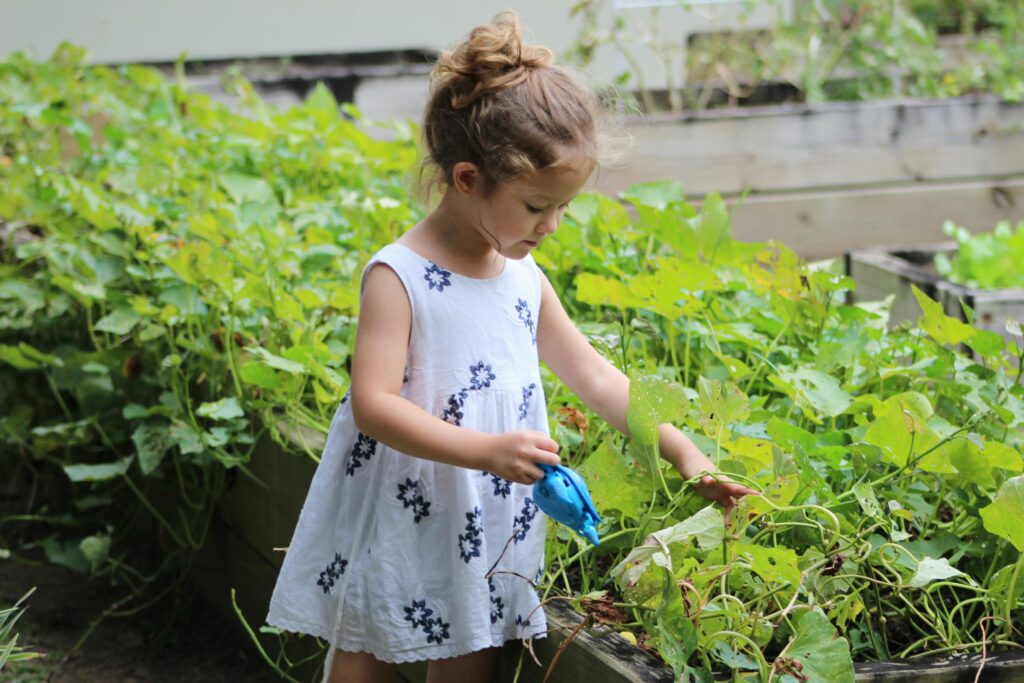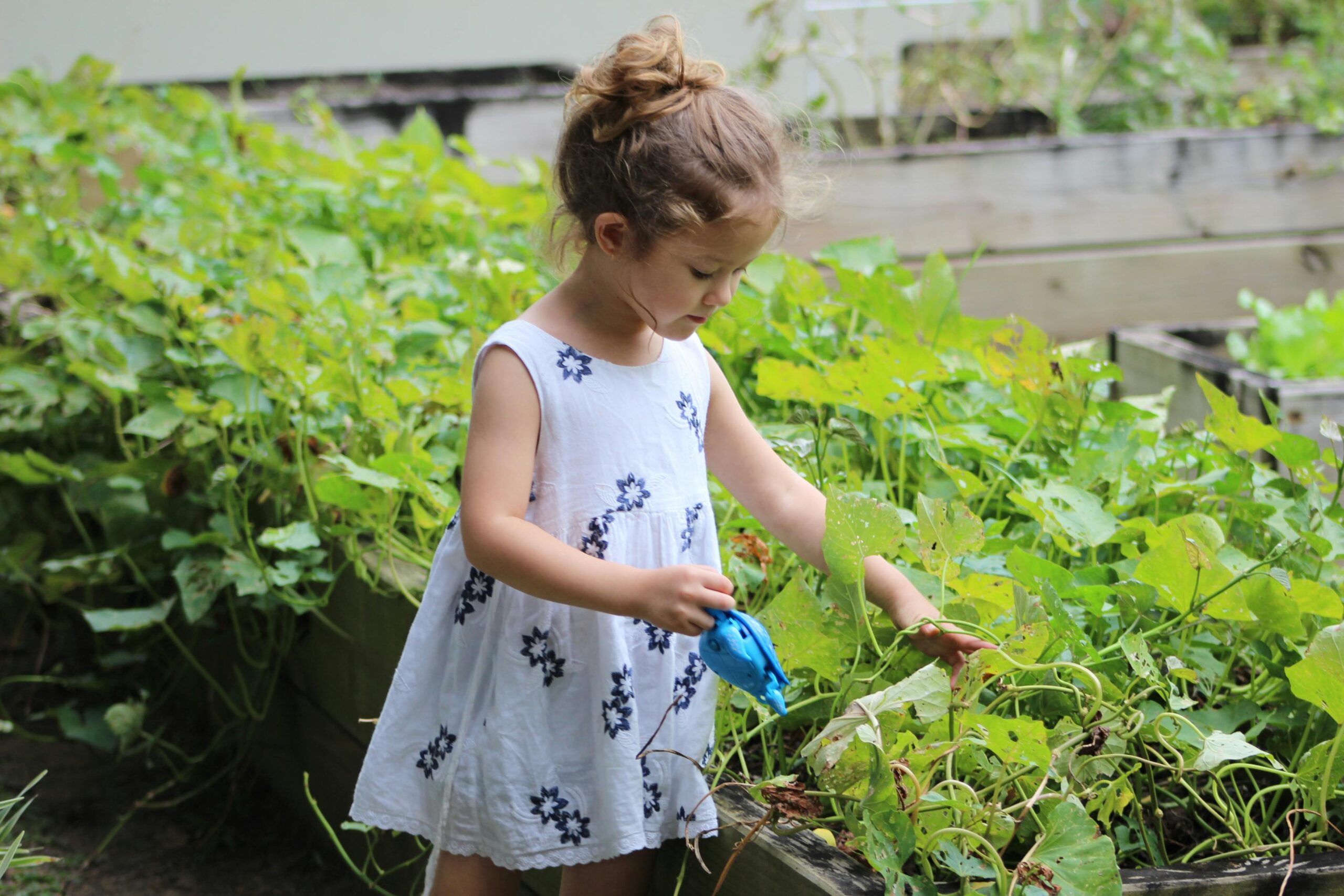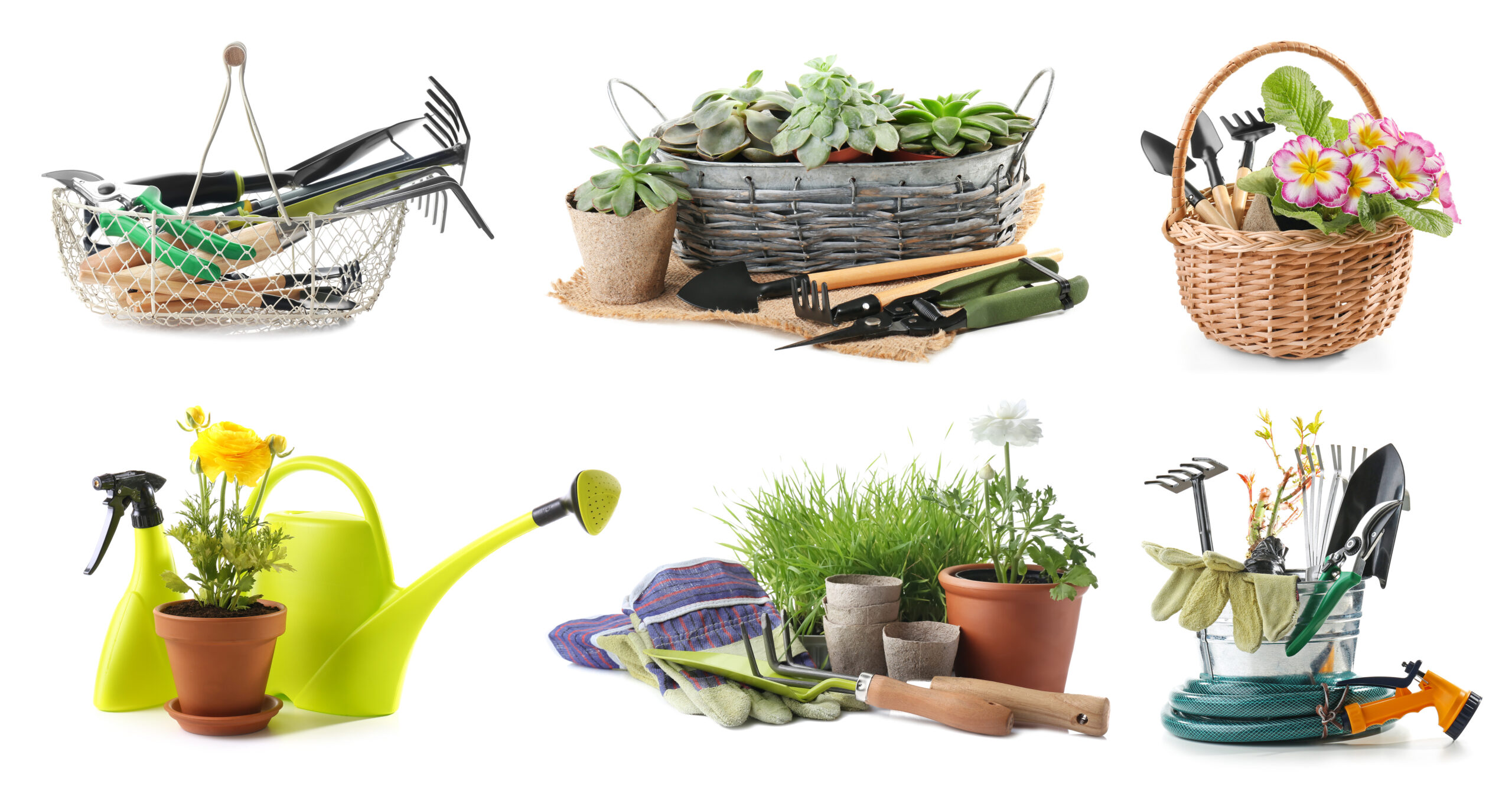
Starting Seeds: The Miracle of Growth
Engaging children in starting plants from seeds offers a tangible lesson in the cycle of life. Choose fast-germinating seeds like beans, peas, or sunflowers for quick results that keep interest high. Involve kids in each step, from planting seeds in small pots or recycled containers to daily watering. Watching seeds sprout and grow into plants is not only magical for children but also teaches patience and responsibility. To extend the learning, have kids keep a journal, noting each plant’s growth progress and changes.
Creating a Pizza Garden: Edible Rewards
A pizza garden is a delightful project that involves growing herbs and vegetables used in making pizza, such as tomatoes, basil, and oregano. This can be done in small containers or designated sections of larger pots. Kids will love the idea of growing their own pizza toppings, and it provides an excellent opportunity to teach them about where food comes from. As the plants grow, you can plan a special pizza-making day, reinforcing the farm-to-table concept and the importance of healthy eating.
Building a Fairy or Dinosaur Garden: Imagination Meets Nature
Encourage creativity by helping children create themed miniature gardens, such as fairy gardens or dinosaur landscapes. Use shallow containers and let kids choose small plants that resemble miniature trees, ferns for a prehistoric look, or colorful flowers for a magical fairyland. Adding figurines, stones, and natural materials lets children customize their tiny worlds. This activity stimulates imagination and can also introduce concepts of landscape design and plant care on a small, manageable scale.
Planting a Rainbow: A Lesson in Colors
Create a vibrant indoor garden by selecting plants with foliage and flowers in various colors of the rainbow. Assign each child a color and let them pick plants that match, teaching them about different plant species and the concept of color harmony in nature. As the garden grows, it becomes a living rainbow that can brighten any room. This project can be expanded to include lessons on how plants use colors to attract pollinators and the role of light in plant growth and color development.
Water Cycle in a Bag: Science in Action
A simple and effective way to teach kids about the water cycle is to create a “greenhouse in a bag.” Plant seeds in a clear plastic bag with a bit of soil and water, then seal and hang it in a sunny window. Children can observe condensation, precipitation, and evaporation happening in this mini-ecosystem, linking these processes to the larger water cycle. This hands-on project makes abstract scientific concepts tangible and encourages curiosity about the natural world.
Herb Garden: Sensory Exploration
Growing a variety of herbs offers kids a sensory-rich experience. Let them touch, smell, and eventually taste the herbs they’ve grown. Herbs like mint, basil, and lavender have distinct fragrances and textures that can stimulate children’s senses and spark discussions about how plants can be used in cooking and for their aromatic properties. This activity can also introduce the concept of perennial, biennial, and annual life cycles in plants.
Recycled Planters: Creativity and Sustainability
Teach children about recycling and creativity by making planters from repurposed materials. Use old yogurt containers, plastic bottles, or even egg cartons to plant seeds or cuttings. Decorating these containers can be a fun art project, and using them to grow plants instills a message of sustainability and the importance of reusing materials. This activity combines environmental education with the joy of gardening.
Plant Science Experiments: Understanding Plant Needs
Engage children’s natural curiosity with simple experiments that reveal what plants need to thrive. Test how plants grow in different conditions—varying amounts of light, water, or soil types—and have kids hypothesize which conditions will be best. These experiments can teach children about the scientific method, observation, and analysis, all while deepening their understanding of plant care.
Indoor gardening with kids is more than just a fun activity; it’s a way to foster a lifelong connection with nature, encourage curiosity, and teach valuable lessons about science, responsibility, and creativity. By involving children in the care and cultivation of plants, parents and educators can nurture an appreciation for the environment and the satisfaction that comes from growing something beautiful and sometimes even edible.



